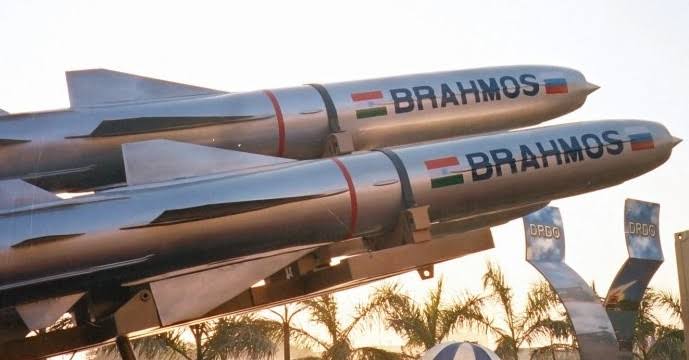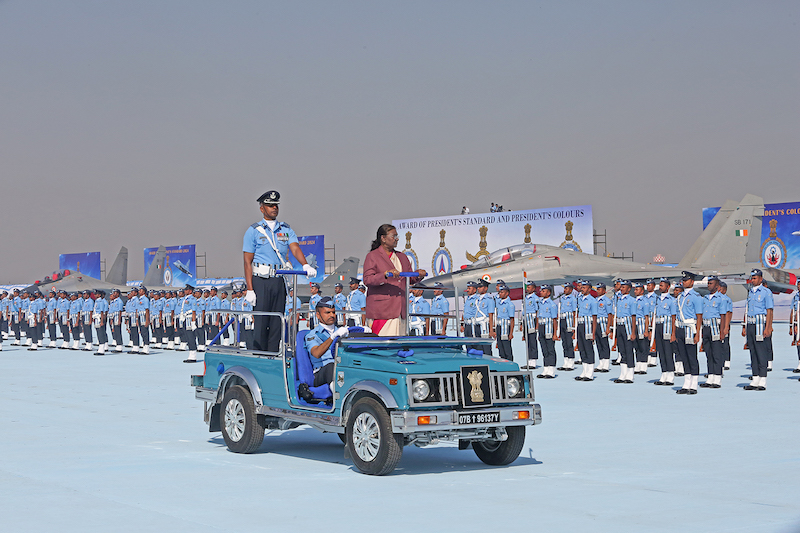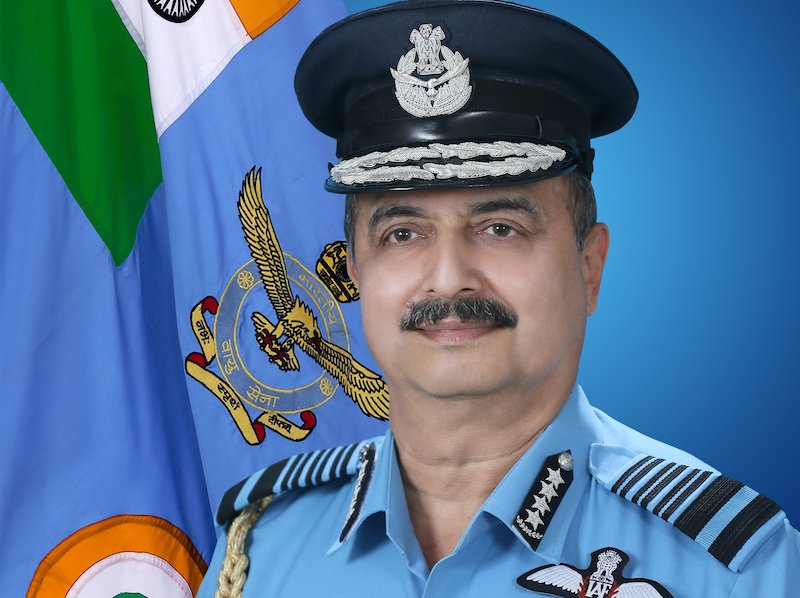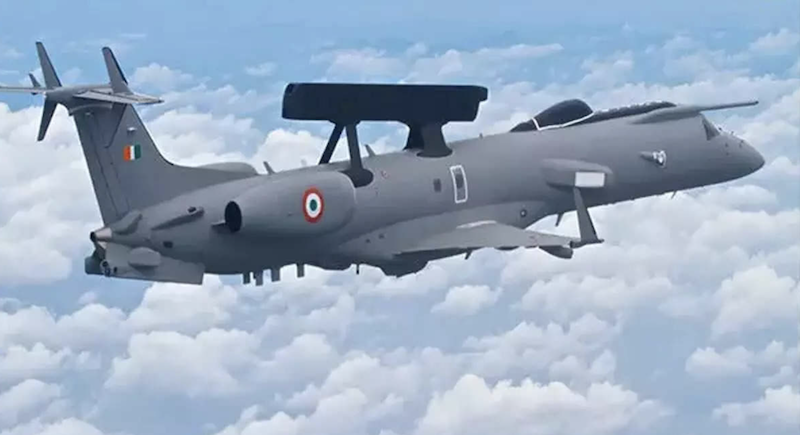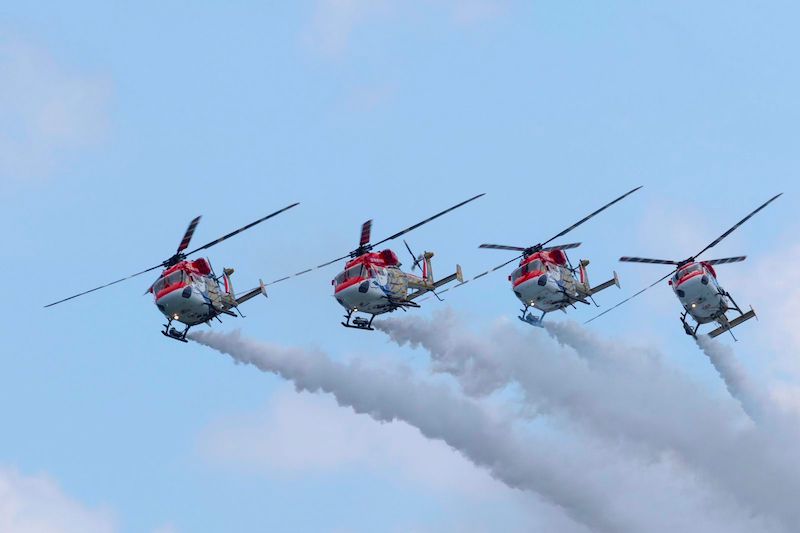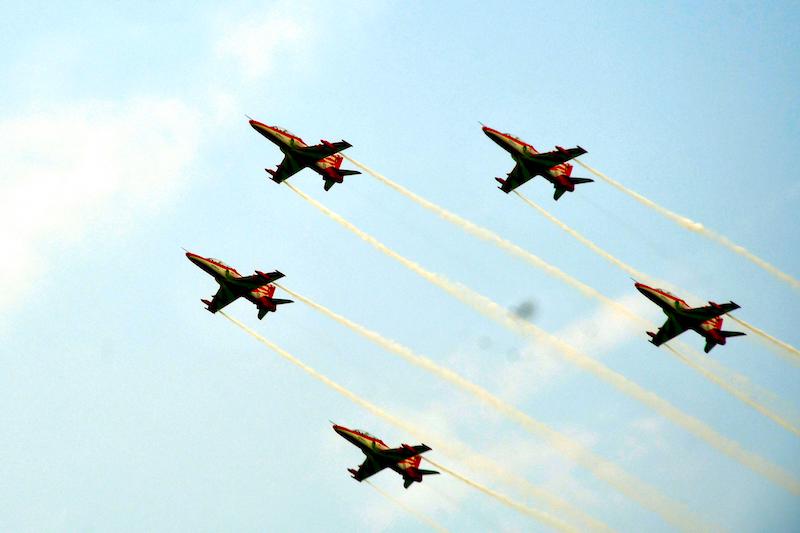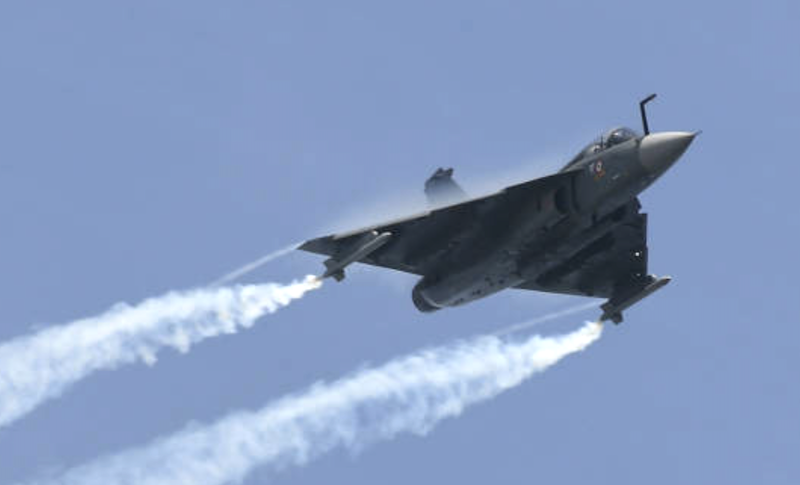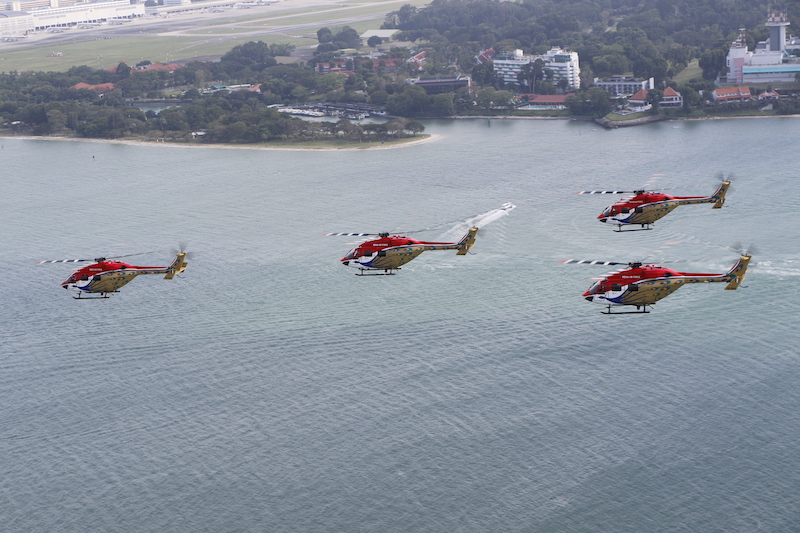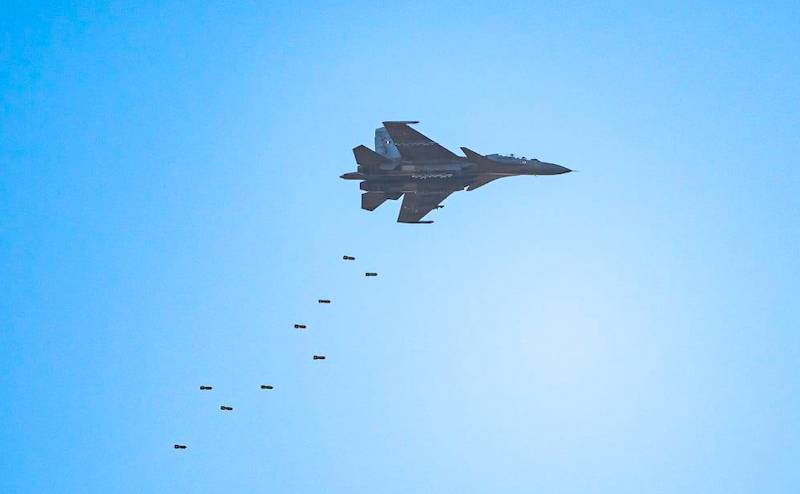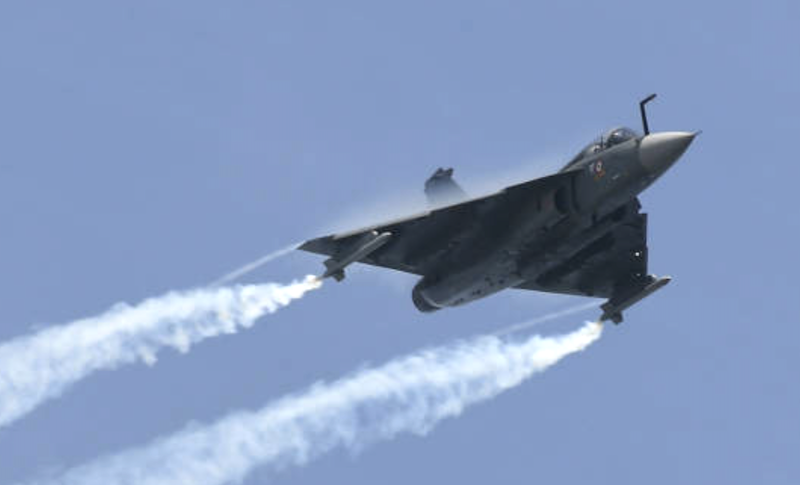 A Tejas LCA. (File photo for representation.)
A Tejas LCA. (File photo for representation.)
Pokhran: An Indian Air Force Tejas light combat aircraft crashed near Jaisalmer, Rajasthan, on Tuesday. This marks the first-ever crash of the Tejas LCA – the pride of India’s domestic defence-industrial complex – since its first technology demonstrator, TD-1, took to the skies on January 4, 2001.
Fortunately, the pilot of the warplane managed to eject safely before the aircraft came down in the vicinity of a men’s hostel in Jaisalmer, roughly 100 kilometres from Pokhran. No casualties were reported on the ground either. The IAF initiated a court of inquiry for a comprehensive investigation to determine the factors that led to this incident. A meticulous examination of flight data and wreckage analysis will be crucial in uncovering the root cause of the malfunction.
Ironically, this crash happened on a day the three services – Indian Army, Indian Navy, and Indian Air Force – were conducting “Exercise Bharat Shakti” to showcase India’s progress in indigenous defence manufacturing and technology here at the Pokhran Firing Range, which is around 100 kilometres from the crash site.
The prime minister, Narendra Modi, was in attendance during the event. It is not clear whether the ill-fated Tejas LCA was participating in the exercise.
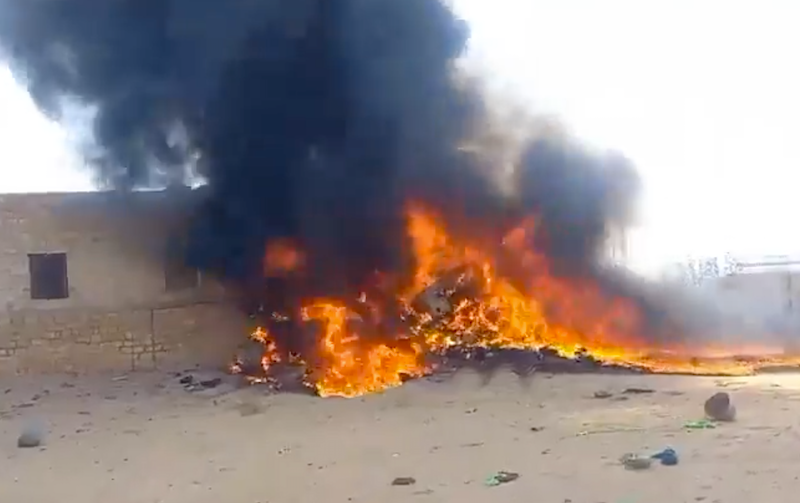 This screenshot taken from an amateur social media video shows the burning wreckage of the crashed Tejas.
This screenshot taken from an amateur social media video shows the burning wreckage of the crashed Tejas.
About Tejas LCA
The Tejas light combat aircraft (LCA) is an indigenously built single-engine, delta-wing, light multirole fighter. It has been designed by the Aeronautical Development Agency (ADA) in collaboration with Aircraft Research and Design Centre (ARDC) of Hindustan Aeronautics Limited (HAL) for the Indian Air Force and Indian Navy.
The LCA programme began in the 1980s to replace India’s aging MiG-21 fighters. However, it went on to become a part of the Air Force’s general fleet-modernization programme.
The Tejas LCA program holds immense strategic significance, aiming to reduce India’s dependence on foreign fighter jets and bolster domestic defence capabilities. Tuesday’s Tejas crash comes at a time when the Air Force is actively integrating the warplane into its fighter fleet.
The Tejas’s journey began with the maiden flight of its first technology demonstrator, TD-1, on January 4, 2001. After the success of TD-1, the-then prime minister, Atal Bihari Vajpayee, named the fighter-in-making “Tejas”, which means “radiance” in Sanskrit.
After the successful test-flying of the second technology demonstrator, TD-2, on June 6, 2002, the first Tejas prototype, PV-1, made its maiden flight, on November 25, 2003.
The first trainer prototype, PV-5, was rolled out in 2009 and made its first flight on November 26, 2009.
Soon after this, the-then prime minister, Manmohan Singh, sanctioned ₹80,000,000,000 (₹8,000 crore or approximately $1.726 billion in 2009 exchange rate) to begin production of the warplane for the Air Force and the Navy.
Prototypes of the Tejas’s naval versions were also flight-tested.
The two-seat prototype of the naval variant, NP-1, for carrier operations was rolled out in July 2010. It made its flight debut on April 27, 2012.
The single-seat prototype of the naval variant, NP-2, made its maiden flight on February 7, 2015, with ski-jump take-off and arrested landing required in STOBAR (short take-off, barrier-arrested recovery) aircraft carriers.
Tejas LCA induction into IAF
After years of rigorous testing and refinements to address technical challenges, the Indian Air Force officially inducted the first squadron of a variant of Tejas-Mk1 in No. 45 Squadron, also known as “Flying Daggers”, in 2016, marking a significant milestone for India’s indigenous defence aspirations.
The Air Force operationalized its second Tejas squadron – No. 18 Squadron, also known as “Flying Bullets”.
Currently, the Air Force has only two Tejas LCA squadrons – 45 Squadron “Flying Daggers” and 18 Squadron “Flying Bullets”. However, it has ordered 83 more of the aircraft’s Mark-1A variant (Tejas-Mk1A) from HAL at the rate of 24 fighters a year. However, the two assembly lines based in the HAL Bengaluru facility have the capacity to produce eight each, totalling 16 Tejas LCAs a year. For this, the government opened another HAL factory in Nashik, which can produce eight Tejas LCAs a year.
The HAL Mark-2 (Mk2) variant of the Tejas LCA. It will have a more powerful General Electric F414 INS6 engine, canards, and other design changes. The Tejas-Mk2, which is being touted to be a 4.5-generation fighter, is expected to be rolled out in 2025.
Tejas LCA export potential
Some countries, like Malaysia and Argentina, have shown interest in procuring the Tejas LCA. To showcase its capabilities, the aircraft has taken part in several air shows. There have been reports that some Gulf countries have also shown interest in the aircraft.
Currently, it is vying with Saab’s Gripen E to get the contract for a Philippine light combat aircraft.
Many Indian defence analysts believe that the aircraft can be an attractive choice for countries with low budgets as it is a cheap fighter with advanced features.

